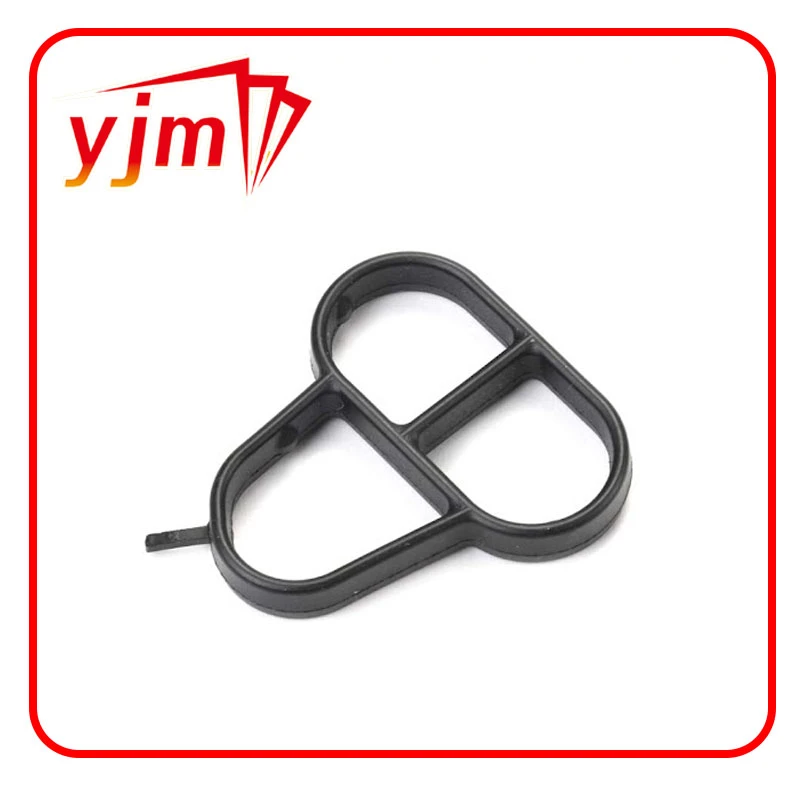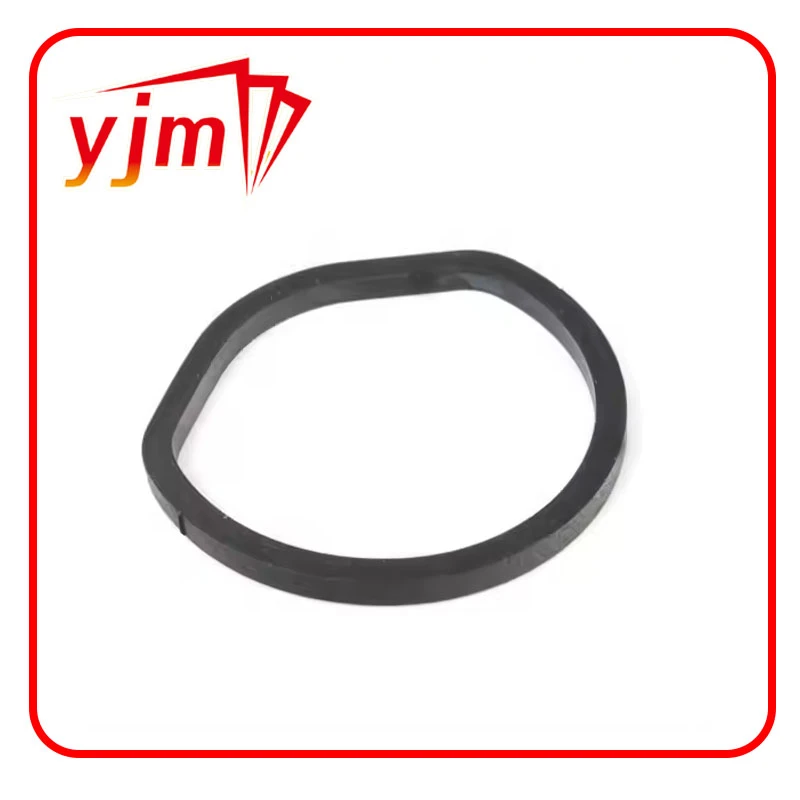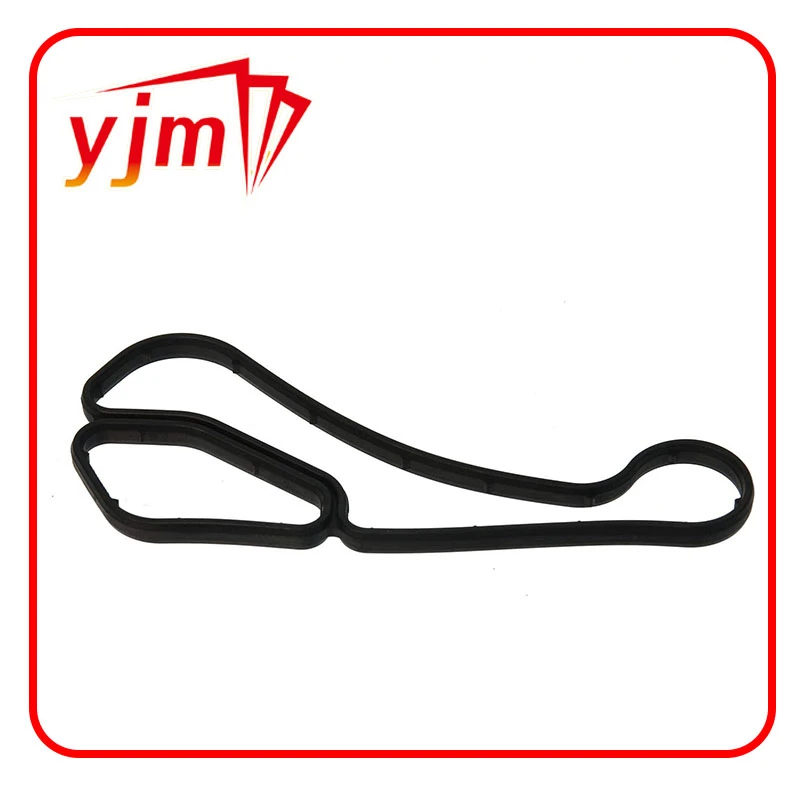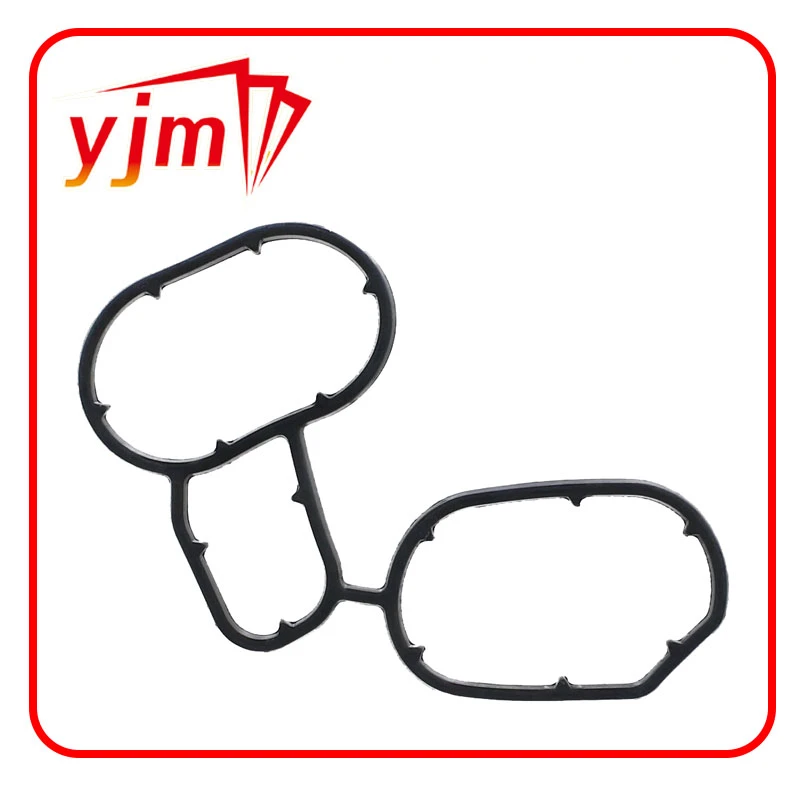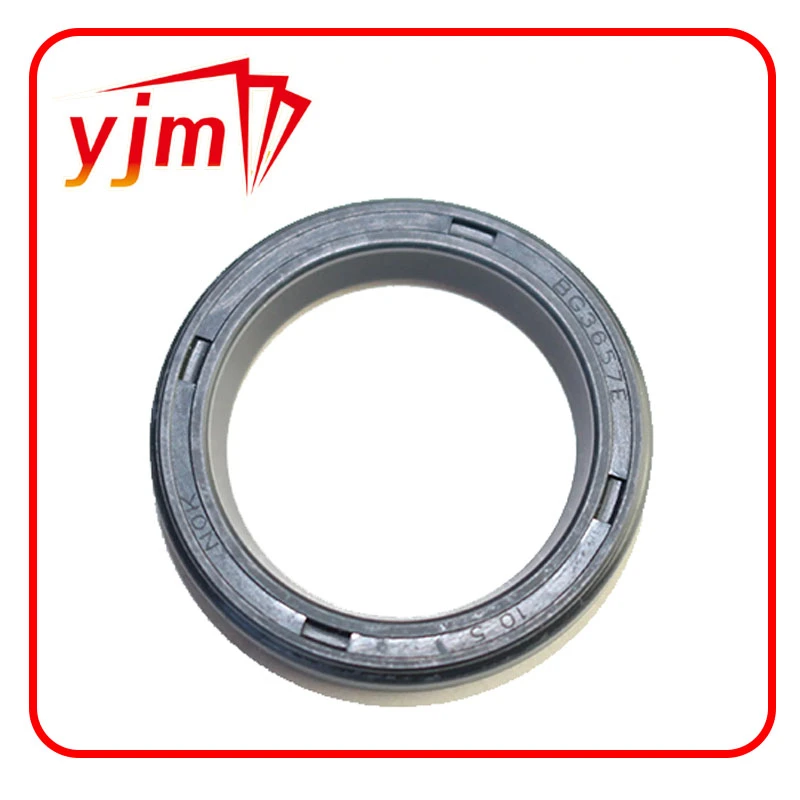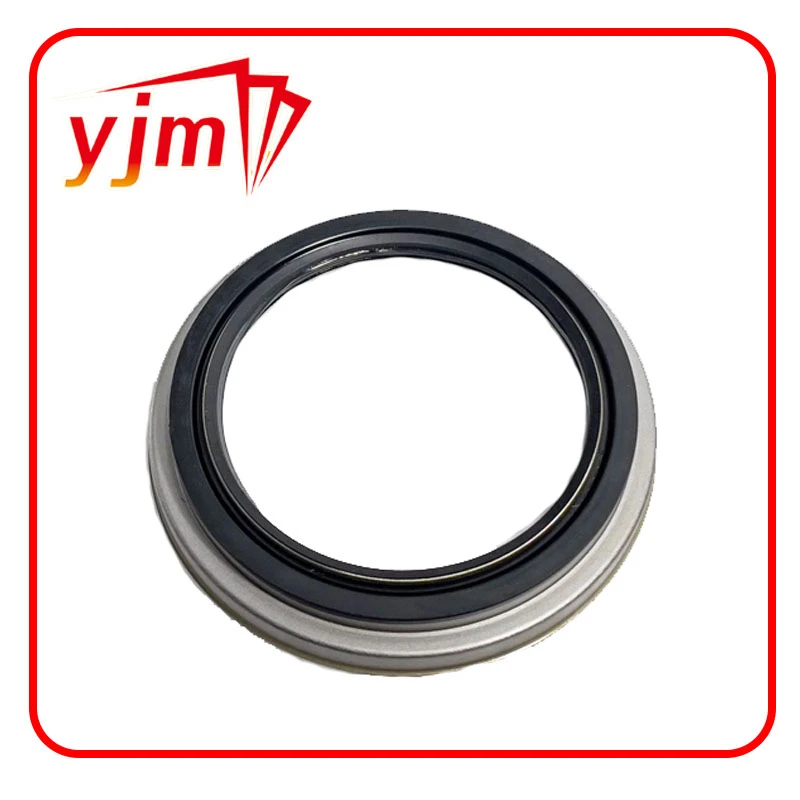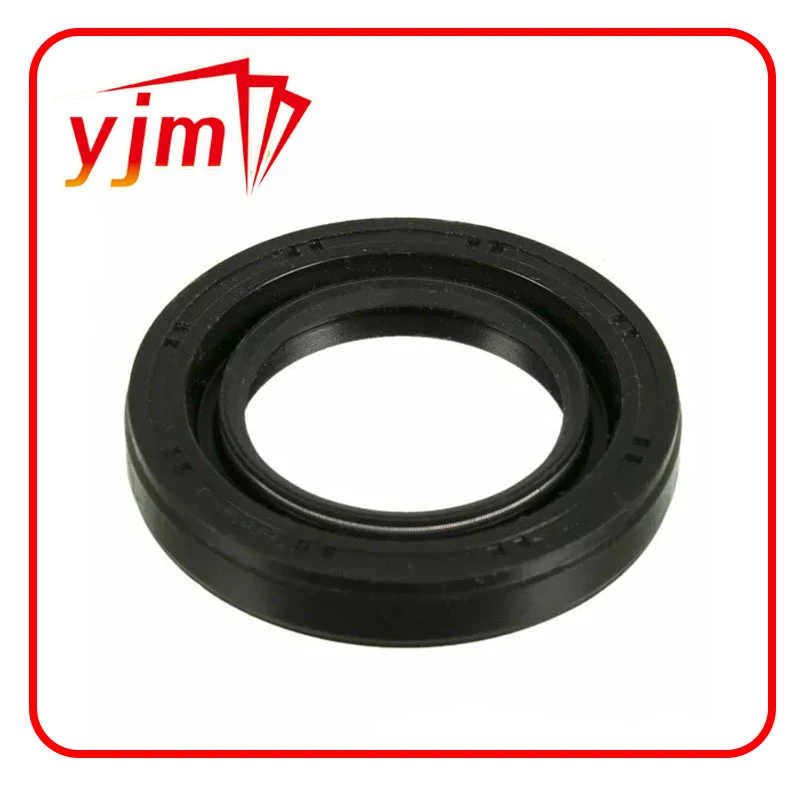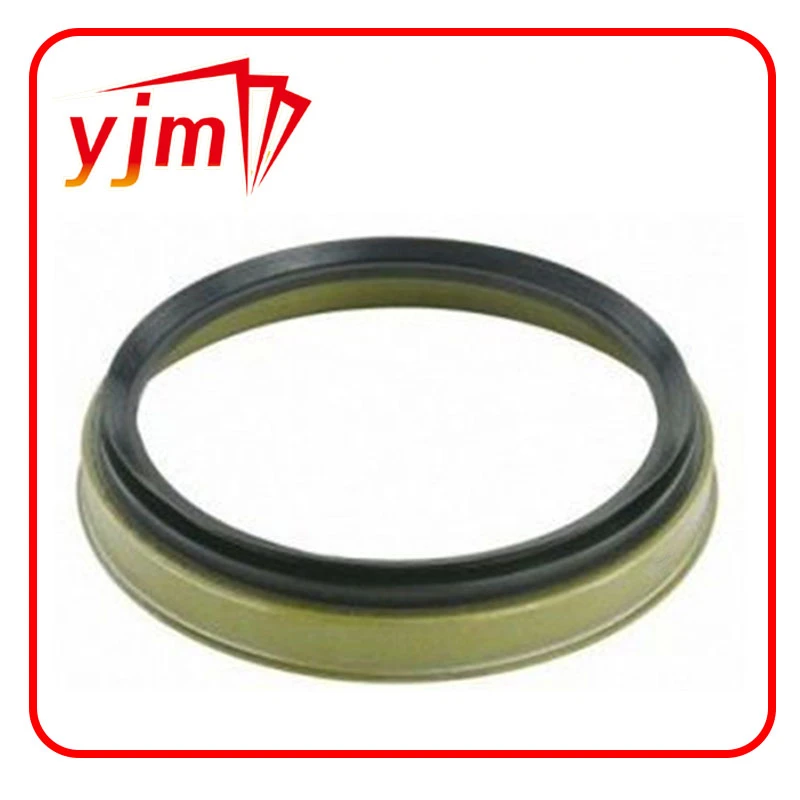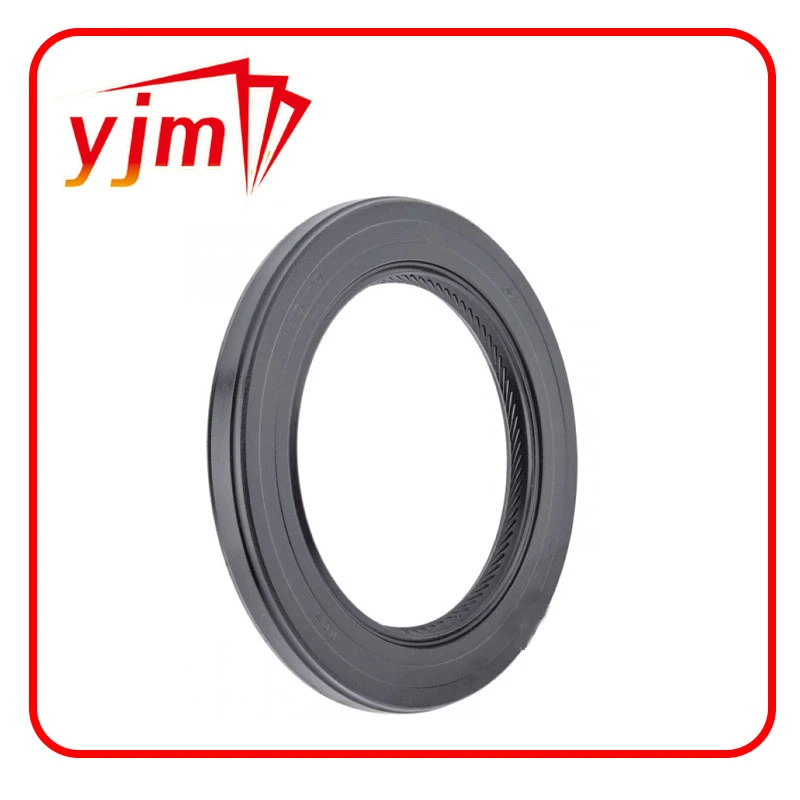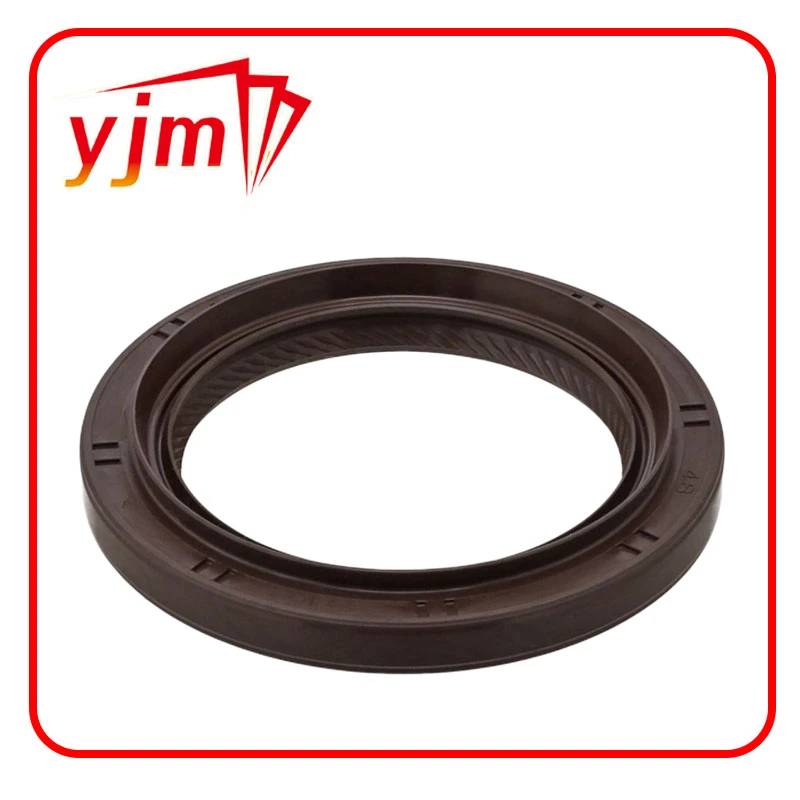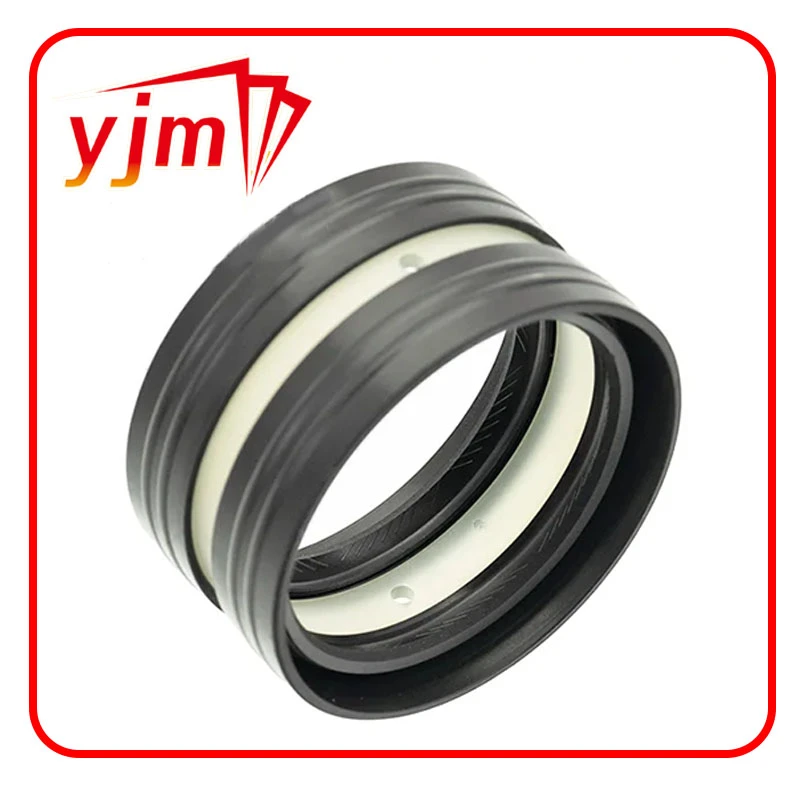plastic oil drain plug
The Role of Plastic Oil Drain Plugs in Automotive Maintenance
In the world of automotive maintenance, small components often play a critical role in ensuring efficiency and safety. One such component that has gained attention is the plastic oil drain plug. Traditionally, oil drain plugs were made of metal, but advancements in materials science have led to the adoption of plastic in various applications, including automotive engineering. This article explores the benefits, functionalities, and growing usage of plastic oil drain plugs.
Advantages of Plastic Oil Drain Plugs
1. Corrosion Resistance Unlike metal plugs, plastic oil drain plugs are inherently resistant to corrosion. This is particularly important in automotive applications where exposure to oil, moisture, and other harsh conditions is common. The durability of plastic ensures that the plug maintains its integrity over time, preventing leaks that could lead to costly repairs and environmental damage.
2. Lightweight Design Plastic is significantly lighter than metal, which can contribute to an overall reduction in vehicle weight. A lighter vehicle is generally more fuel-efficient, which is a major consideration for modern automotive design. By utilizing plastic oil drain plugs, manufacturers can create vehicles that not only perform better but also align with eco-friendly standards.
3. Cost-Effectiveness The production cost of plastic parts is often lower than that of metal components. As a result, using plastic oil drain plugs can make vehicle manufacturing more economical. Additionally, if a plastic plug does fail and needs replacing, the cost of a plastic plug is usually less than its metal counterpart, making routine maintenance more affordable for consumers.
Functionality and Design Features
plastic oil drain plug
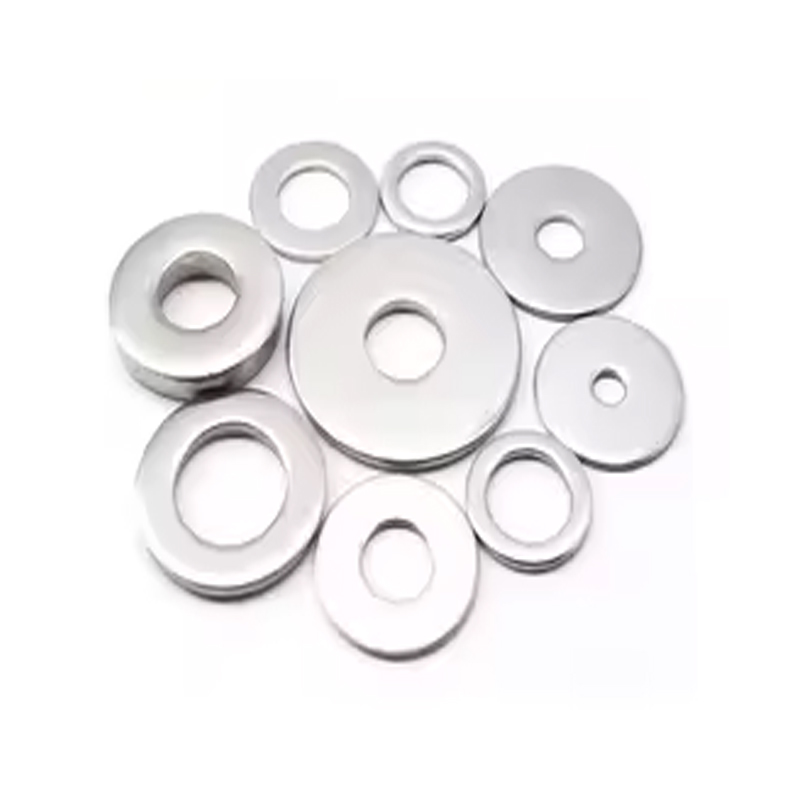
Plastic oil drain plugs are designed to provide a secure seal that prevents oil leaks during operation. Many modern models incorporate a unique thread design that enhances sealing properties and ensures a perfect fit. Some manufacturers even offer plugs with built-in anti-theft features, addressing concerns about theft in high-value vehicles.
One notable innovation is the use of composite plastics that combine various materials to enhance strength and durability. These advanced plastic drain plugs can withstand high levels of pressure and temperature, making them suitable for a wide range of vehicles, from compact cars to heavy-duty trucks.
Environmental Considerations
The automotive industry is increasingly focused on sustainability, and the use of plastic oil drain plugs aligns with this goal. Many plastic materials are recyclable, which reduces waste and promotes a circular economy. By replacing traditional metal components with plastic alternatives, manufacturers can decrease their carbon footprint and contribute to a more sustainable future.
Conclusion
Plastic oil drain plugs represent a significant innovation in automotive maintenance. Their corrosion resistance, lightweight design, and cost-effectiveness make them a viable alternative to traditional metal plugs. As the industry continues to evolve, the integration of plastic components in vehicle design will likely increase, driving efficiencies and sustainability. For both manufacturers and consumers, understanding the benefits and functionalities of such innovations is vital for informed decision-making in automotive care and maintenance. Embracing advancements like plastic oil drain plugs can lead to a more efficient and environmentally-friendly automotive landscape.
-
Understanding the Front Main Engine Seal: Purpose, Maintenance, and Installation
News Jul.29,2025
-
Understanding O-Rings and Seal Rings: Types, Applications, and Custom Solutions
News Jul.29,2025
-
Understanding Crankshaft Oil Seals: Rear Seals, Pulley Seals, and Their Role in Engine Integrity
News Jul.29,2025
-
The Importance of Front and Rear Crankshaft Seals in Engine Performance and Oil Management
News Jul.29,2025
-
Crank Oil Seals: Functions, Types, and Cost Considerations in Engine Maintenance
News Jul.29,2025
-
A Comprehensive Guide to O-Rings and Seals: Types, Materials, and Global Applications
News Jul.29,2025
-
Mastering Diesel and Performance Engine Maintenance: A Guide to Critical Oil Gaskets
News Jul.28,2025
Products categories

